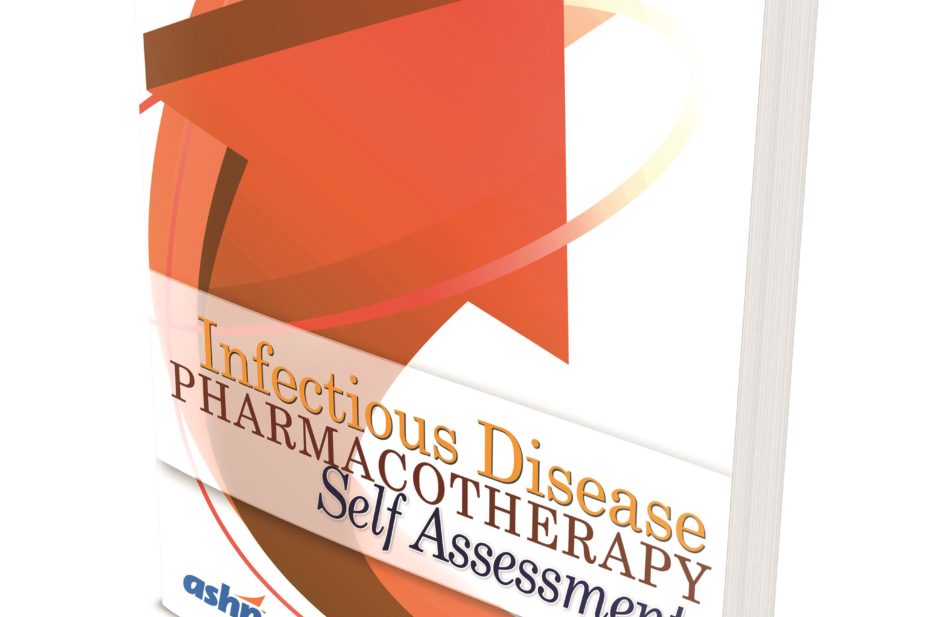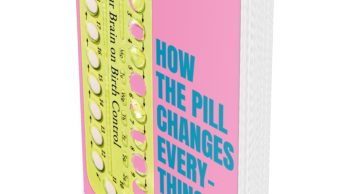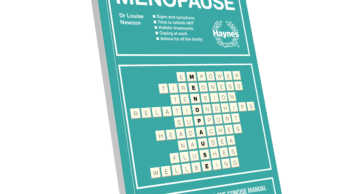
The management of patients with infectious diseases requires a high level of clinical skills and knowledge. This book sets out to provide clinicians – whether they are students, new practitioners or advanced practitioners – with patient-specific, case-based learning about infectious diseases in a variety of healthcare settings. Other related topics are also assessed, such as antibiotic stewardship, antibiograms (the result of laboratory testing for the sensitivity of an isolated bacterial strain to different antibiotics) and vaccinations. The cases represent a range of clinical situations of varying complexity and include self-assessment questions and answers.
Each case, written by an experienced practising pharmacist, is based on a real patient and is designed to include all the clinical data necessary to develop a treatment plan for all aspects of care. These include assessing patient-specific parameters used in the diagnosis of the infection, developing treatment goals and clinical outcomes, preventing or managing comorbidities and monitoring the progress of the patient.
The book is divided into two parts: patient cases followed by self-assessment questions make up the first part, while the answers appear in the second. The contributors provide a variety of patient cases they have encountered. These cases are designated as level one for beginners, level two for intermediate practitioners and level three for advanced practitioners. A total of 33 cases of varying diagnostic complexity covering 19 diseases spread across the whole age spectrum are presented.
The cases are categorised in the following way: bone, joint, skin and soft tissue; gastrointestinal and central nervous system; pulmonary; bacteraemia, endocarditis and sepsis; intra-abdominal and genitourinary; HIV; fungal; tick-borne infections; and finally, sexually-transmitted diseases.
Each case follows a familiar pattern well known to UK clinical pharmacists: patient demographics; allergies presenting complaint; medical history, social history and family history followed by physical examination; laboratory test results; diagnosis and current medication record.
This book is well presented and easy to use. The one annoying feature for European readers is that the laboratory values are not presented as international standard of units but this should not detract from what is a useful self-assessment tool.
The book is intended to provide opportunities for self assessment through the application of knowledge and practice, thereby contributing to the development of students and practitioners in managing infectious diseases. It achieves that objective.
Given the current emphasis on antibiotic stewardship, this book would be a valuable training aid.
References
‘Infectious disease pharmacotherapy self assessment’, by Lea S Eiland and Diane B Ginsburg. Pp xii+196. US$40. Maryland: American Society of Health-System Pharmacists; 2015. ISBN 978 1 58528 492 4


